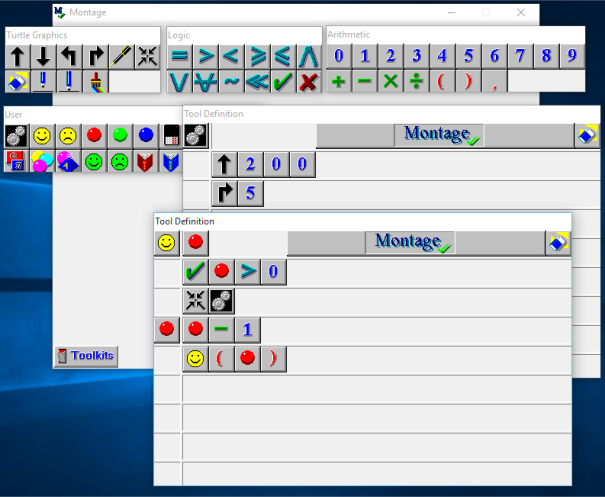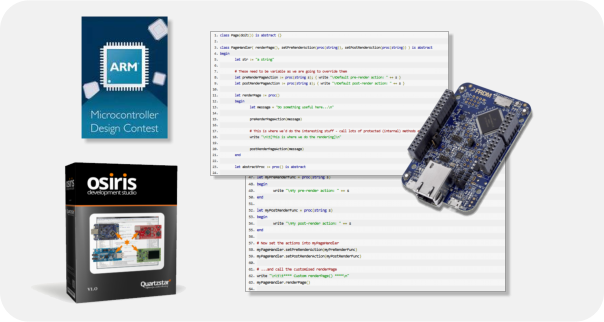Octane - a boost for development

Octane is excited to reveal that we have been working closely with Perfect Consulting on a couple of projects, including the next version of Osiris. Perfect's founder, Steven James, has extensive commercial experience in implementing programming languages and has worked for TopSpeed / Borland and MicroFocus writing compilers. It's fantastic to be working with Steven again - it has been over 20 years since we developed the beta of Merlin, a children's visual programming language for floor robots. We will release the Merlin Engine source code soon, once we have it compiling cleanly using modern compilers as it's a nice example of simple, elegant and efficient code that merges high-level source code with assembly language. Steven's GSFORTH strongly influenced the design of the Merlin Engine and you can find his latest version here.

Merlin screenshot
Merlin was renamed Montage after feedback from teachers who were concerned about a programming language for children that was promoting wizards and hence witchcraft! (The tools were originally called "spells".) How things have changed post Harry Potter...
The next version of Osiris will have a new, modular pipeline compiler that will also target a new virtual machine designed in partnership with Perfect Consulting. Not only will this version create even smaller ROM images than the current C-based library but will also enable the debugging and patching of compiled Osiris programs on the hardware board directly - greatly reducing the time to market for Osiris-based solutions.
2015 has been an exciting year for Octane and even more is in store for 2016!




